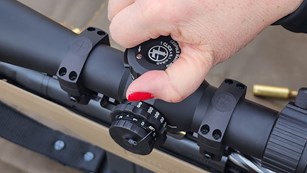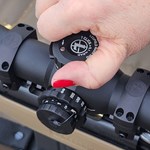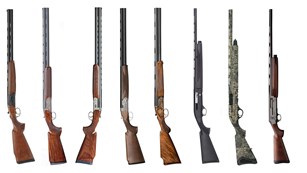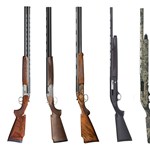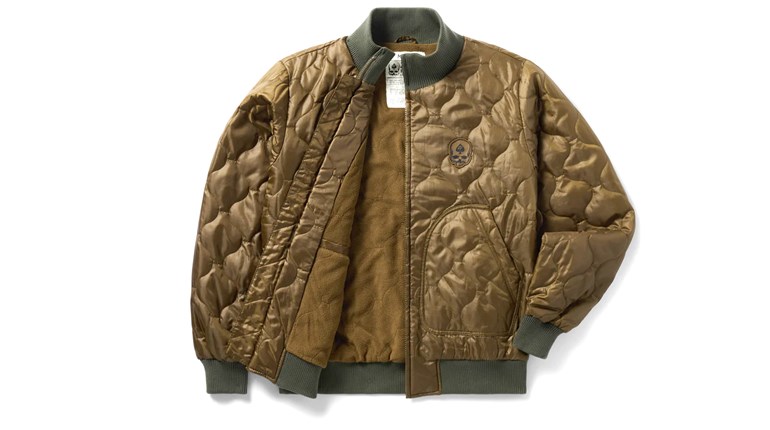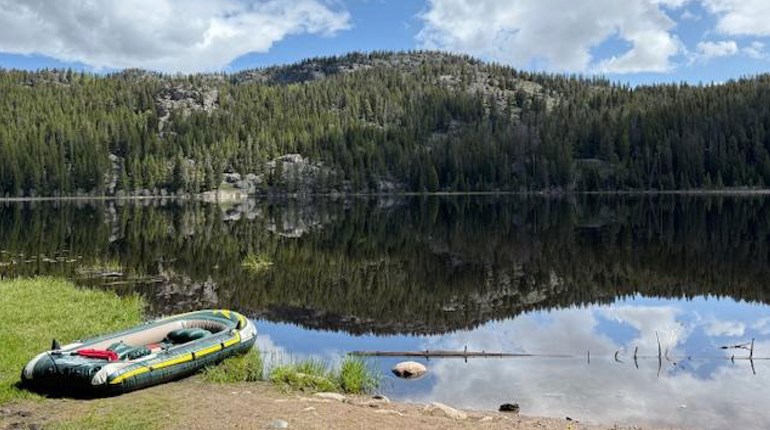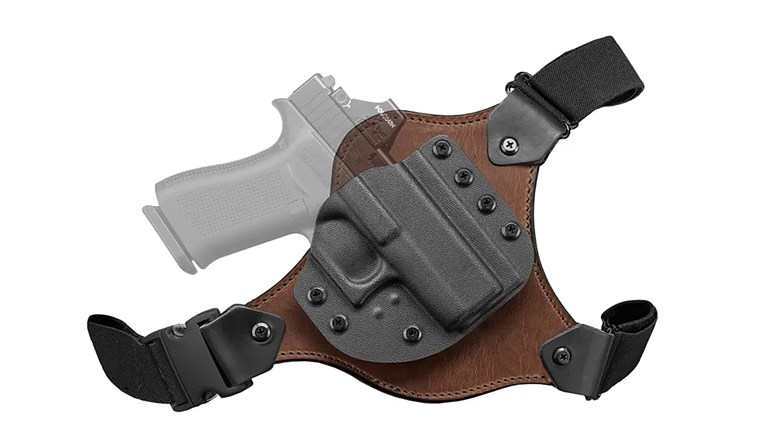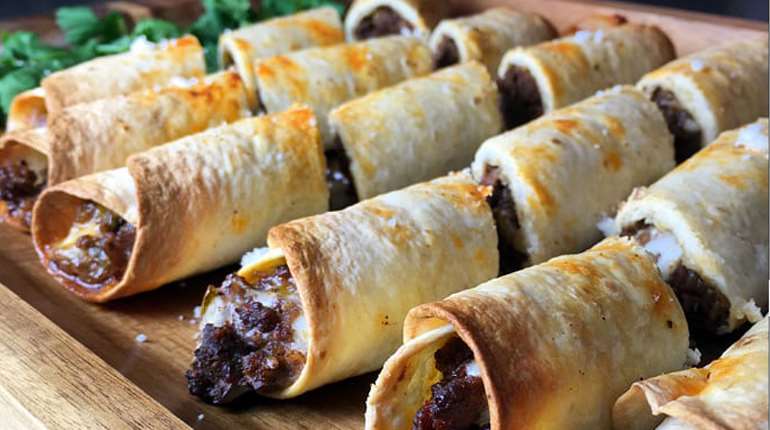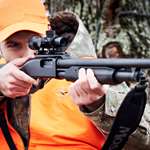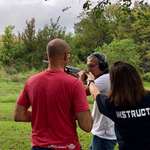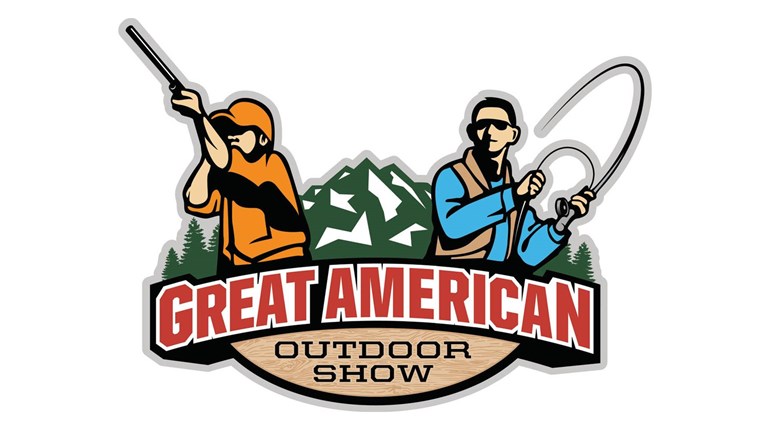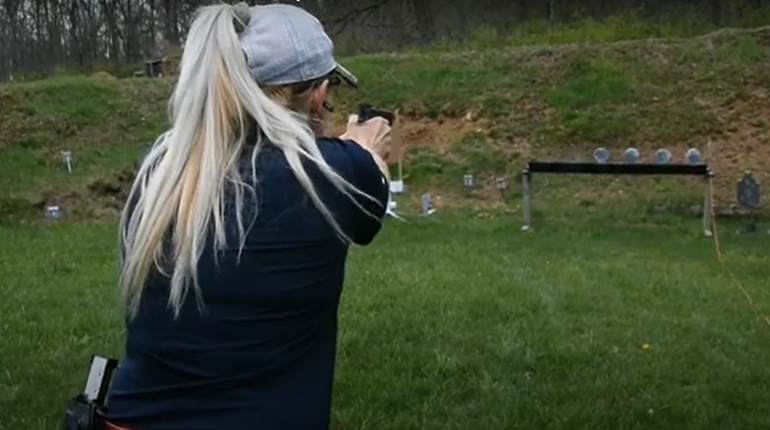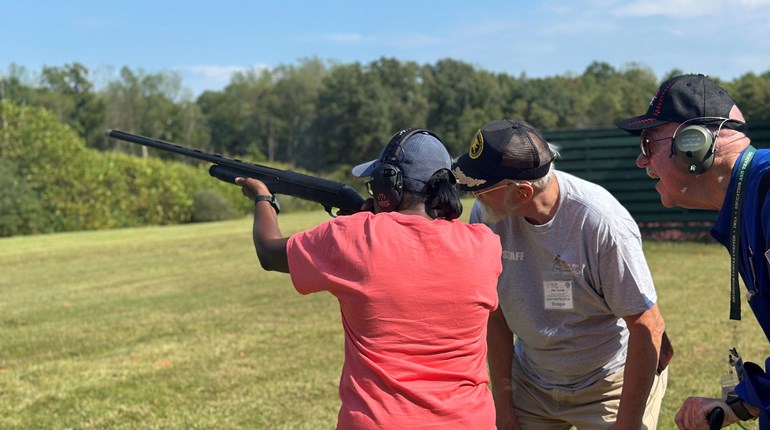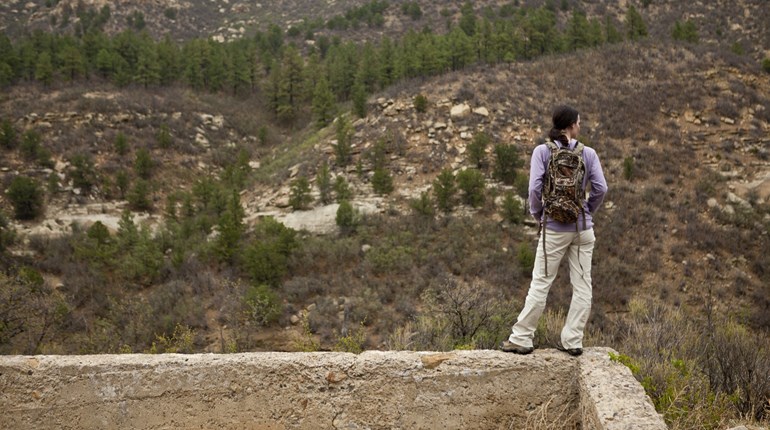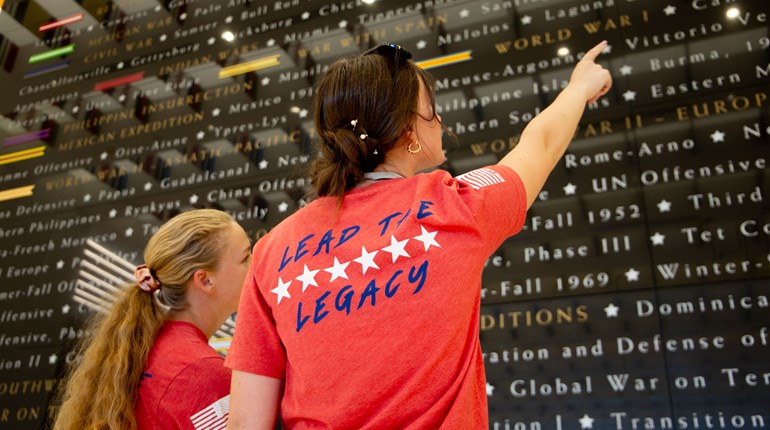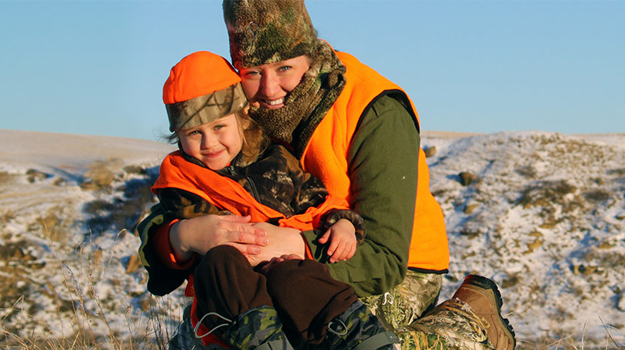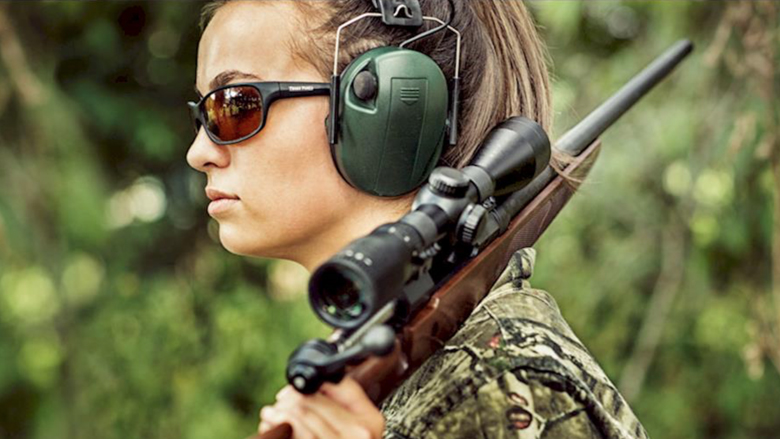
Although I have never section hiked, I wasn’t concerned after committing to a solo hike in Banff, Canada, which I will embark on this September. Section hiking is when you cover a long trail over multiple days, camping along the way. I’ve backcountry camped in the Canadian wilderness on fishing trips with no cell service. I’ve scouted miles in an afternoon through hilly Wisconsin hardwoods terrain with a deer stand on my back. Combine the two experiences and how different could it be?
Then a girlfriend invited me to spontaneously traverse 20 miles on the Superior Hiking Trail (SHT) in northern Minnesota. After covering 10 miles the first day, I quickly realized I was ill-prepared for any multi-day section hike anywhere. My 35 pounds of basic backpacking gear wasn’t quite enough to make my hike efficient or even relatively comfortable.
Here are a few things that I plan to bring with me to Canada that would have made my life a bit easier in Minnesota:
- Trekking Poles
Some may consider this equipment a no-brainer, while others may disdain the idea of poles because they might look dorky or pointless. The weather on my first day on the SHT was upward of 80°F with high humidity. My hands, which I kept at my sides while hiking, swelled so badly that I could not bend my fingers or grasp anything for 24 hours. Poles keep your arms moving and blood pumping in the right directions to prevent swelling. If you end up with stiff or swollen hands, setting up camp can be a long and painful process. - Proper Footwear
Merino wool or blister-resistant liner socks would have most likely extend my trip two-fold. I wore thin cotton socks that caused blisters in places I’ve never had blisters, even while hiking in well-worn, comfortable hiking boots. Along with the right socks, I would recommend packing a blister kit, or you can make your own. Duct tape or Moleskin dressings are essential in covering up hot spots early in your trek. Once the inevitable blisters pop up, a safety pin and alcohol pads are life-savers. - Water Filter and Multiple Bottles
My friend laughed at me when I said I’d bring a kettle to boil any water I’d be drinking. Stopping and starting a fire or lighting up a backpacking stove to boil water for five minutes is not efficient on a hiking trip. Instead, pack a water filter that can attach to your reservoir or a pocket-sized pump filter. These devices are much easier to whip out when you come across an appropriate water source. In addition, instead of one heavy duty metal bottle that makes it easy to consume too quickly, I would recommend packing two large, lighter plastic water bottles to carry more water. - Seamless Compression Shorts
For the ladies out there with chafing problems, I’m with you. I have thick thighs and made the mistake of wearing ill-fitting yoga pants with seams for 10 miles. I chafed so badly that I was bleeding by the end of my trip. Mid-thigh moisture-wicking compression shorts with no seams between your legs will provide a helpful buffer underneath hiking shorts or pants. - Sit Pad
When you plan for a hiking trip, you think more about walking than sitting. However, a sit pad is now a necessary luxury for me. I had packed a camp chair, and while it was nice to have a place to rest my back, it wasn’t quite worth the extra weight or space in my bag. A sit pad is more versatile than a camp chair and easier to pack. Most established campsites already have benches surrounding the fire pit so the chair was redundant. However, having a pad to put on the ground when taking rests on the trail is great, particularly if the place you end up sitting is a hot rock or soggy log. Laying down a pad to kneel on to start, stoke or cook over the camp fire is also extremely helpful. - Bear Bag
I packed bear spray, but I didn’t own a bear bag for food. I relied on having the right kind of tree limbs to rope up my disposable food bag at night, but the slim pine trees didn’t provide many opportunities to hang it. Packing a tear-proof bag to protect food from rodents and potentially bears would have put my mind at ease. A bear canister would also work, but for a quick section hike a bag is a compactible alternative. - Portable Phone Charger
Typically I don’t like to use or prioritize any technology when out in the wilderness, but having a charged phone is a necessity in case of an emergency. I lost battery by the second night, but luckily my friend had a charged phone to schedule a ride out for us since my blisters were bad enough to take me off the trail early. A battery or solar powered portable phone charger would do the trick for a section hike. - Double-Sided Eating Utensil
This detail didn’t make or break my trip, but it’s hard to think about the little things when packing for a big trip! I brought a metal fork and spoon and regretted my decision to do so after losing the spoon the first night. Although you can lose anything on the trail, it would’ve been smarter to bring a dual utensil that’s easier to keep track of than separate utensils.
Outdoor gear gets more innovative as the years go on, and I’m sure your personal packing list will grow and change with the times. However, testing your gear in real-life experiences will always be the best way to learn what works or doesn’t work for you. I only hope that my list will help someone else on their first endeavors into section hiking.


